AO Edited
Meliponicultura in Rancho Grande Valle Nacional
A small outpost dedicated to protecting the stingless bees native to Oaxaca.
Of the eight recognized species of honeybee in the world, none are native to North America. The ubiquitous and indispensable western honey bee (Apis mellifera) is actually an immigrant from Eurasia, introduced to the Americas by European colonists in the 17th century. There are, however, honey-producing bee species native to Central and South America, and you can visit an apiary showcasing six of them at La Meliponicultura in Mexico’s Rancho Grande Valle Nacional.
Many of these native bee species (which belong to a group called Meliponini) would be dwarfed by western honey bees; some are smaller than mosquitos. Because of their size, these native bees produce less honey than the European imports; it may take, for example, several years for a colony to produce enough honey to harvest. The native bees are also stingless and docile, though some can inflict painful bites if their hive is being threatened.
The Chinantec, the local Indigenous people, have collected honey from these bees for centuries. The honey from each species has one or more medicinal applications. During a tour, guides can explain each honey’s medicinal applications, which range from healing eye issues, ear problems, or respiratory or intestinal complaints to improving skin conditions. The honeys are also delicious on toast.
There is a small store on site where you can sample and purchase both the honey and medicinal preparations made from honey and bee pollen.
Know Before You Go
This part of eastern Oaxaca is mountainous, remote, lush, and beautiful and there but there are restaurants, gas stations, and eco-lodges along Highway 175 near the apiary.
As of February 2022, the pueblo where the apiary is located has been locked down because of COVID. You can send an email to [email protected] to request a tour.

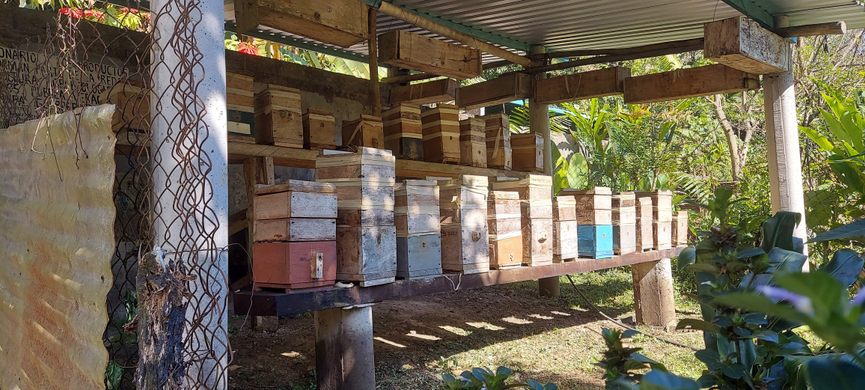

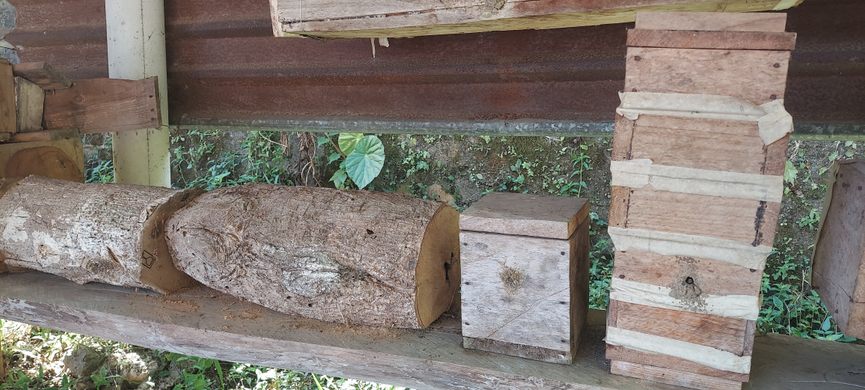
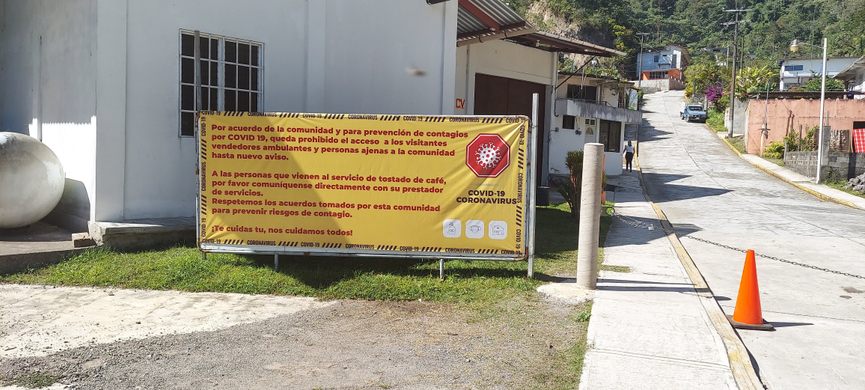








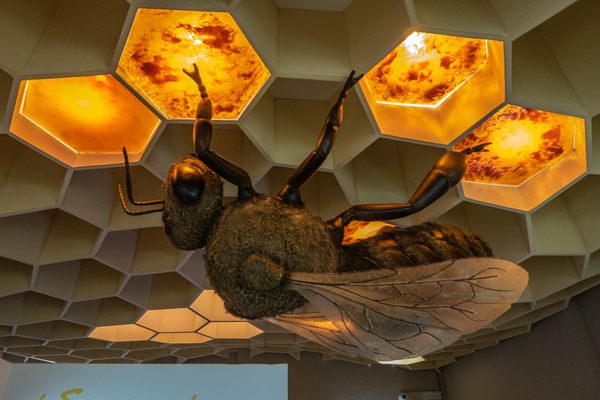
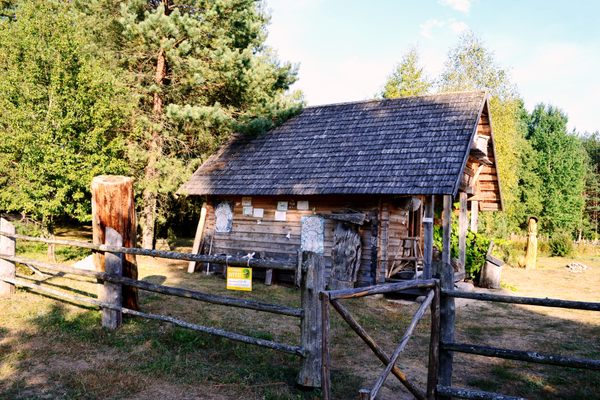



Follow us on Twitter to get the latest on the world's hidden wonders.
Like us on Facebook to get the latest on the world's hidden wonders.
Follow us on Twitter Like us on Facebook